Wildlife and landscape science research topics
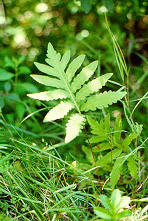
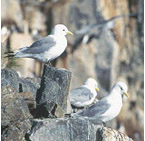
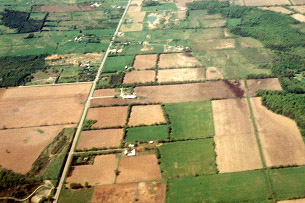
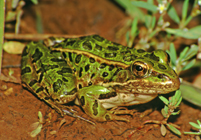
Environment Canada researchers contribute to the national and international scientific community to develop new insights and to provide scientific advice for decisions on wildlife and landscape conservation. Researchers help inform the policy community to design regulations and policies that protect and conserve Canadian species and habitats from toxic substances, diseases, unsustainable commercial practices, climate change and other threats.
Scientists conduct research in every region of Canada and consider all aspects of wildlife and habitat health, from the molecular to the ecosystem. Research focuses on migratory birds, species found on federal lands, and their habitats, as well as mammals, amphibians, reptiles, invertebrates and plants.
This site is under construction, please check back for updates.
Hide Article AbstractsResearch Topics
| Article Summary | |
|---|---|
| Article Title | |
| Agriculture, Land Use and Ecosystems | |

|
|
| Article Summary | |
|---|---|
| Article Title | |
| Biological Test Method Development | |

|
|
| Article Summary | |
|---|---|
| Article Title | |
| Contaminants and Wildlife | |

|
|
| Article Summary | |
|---|---|
| Article Title | |
| Industrial Effluents | |
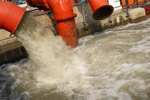
|
|
| Article Summary | |
|---|---|
| Article Title | |
| Metals Toxicology | |
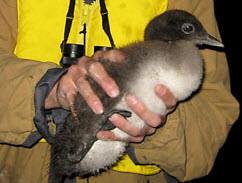
|
|
| Article Summary | |
|---|---|
| Article Title | |
| Molecular Toxicology | |

|
|
| Article Summary | |
|---|---|
| Article Title | |
| Sediment Toxicology | |

|
|
| Article Summary | |
|---|---|
| Article Title | |
| Soil Toxicology | |
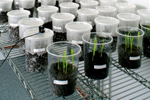
|
|
| Article Summary | |
|---|---|
| Article Title | |
| Space for Habitat and GIS | |

|
|
| Article Summary | |
|---|---|
| Article Title | |
| Toxicogenomics | |

|
|
| Article Summary | |
|---|---|
| Article Title | |
| Wildlife Forensics | |

|
|